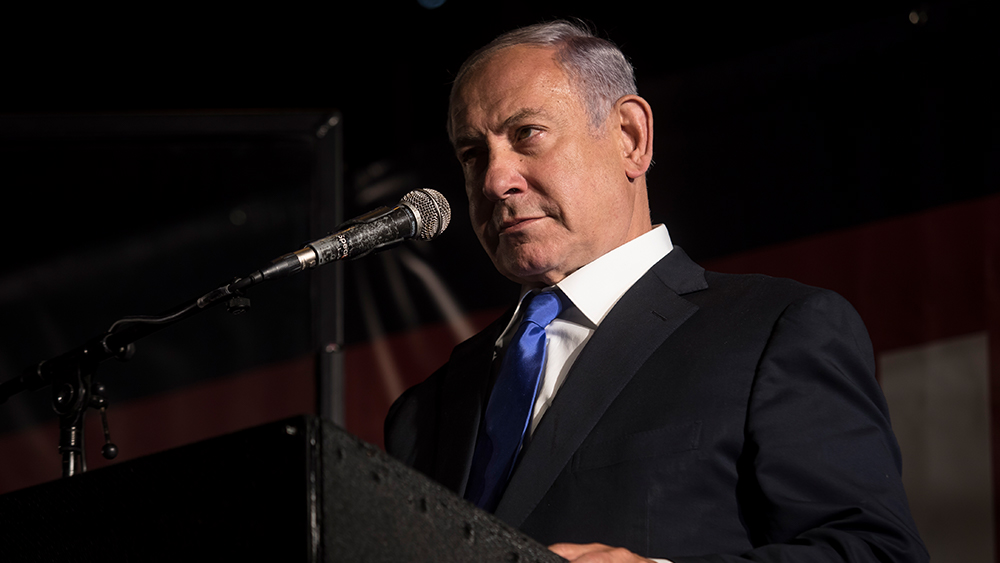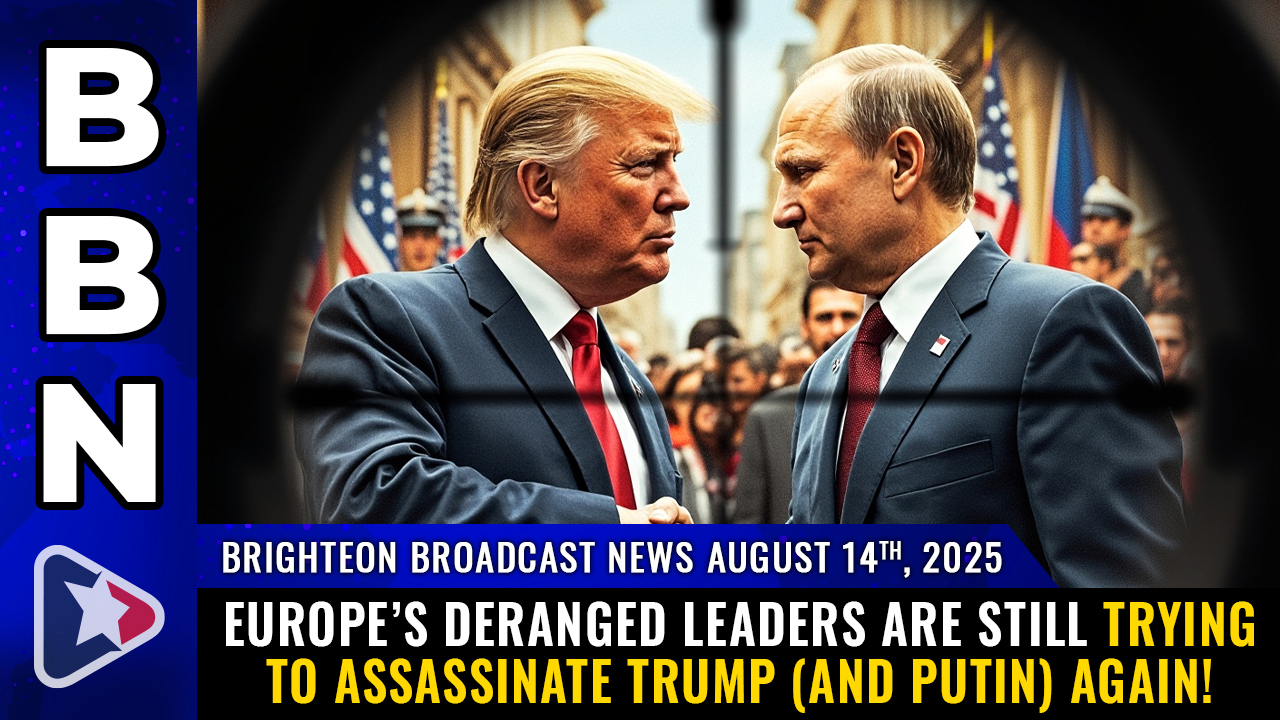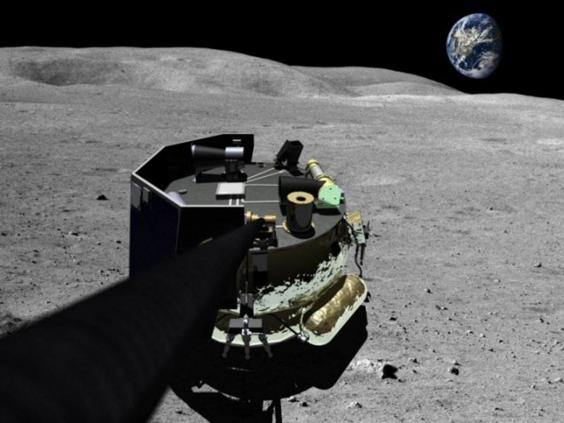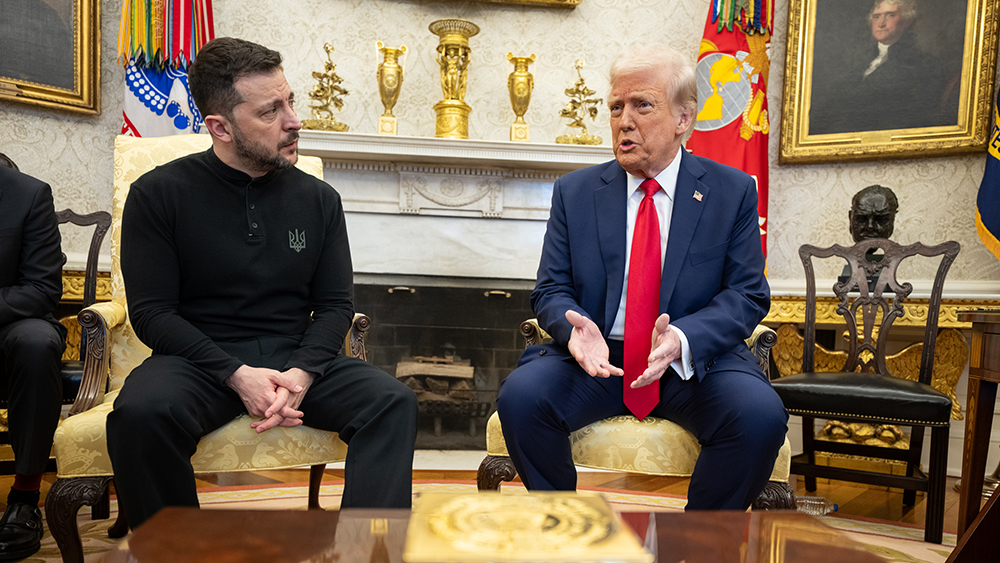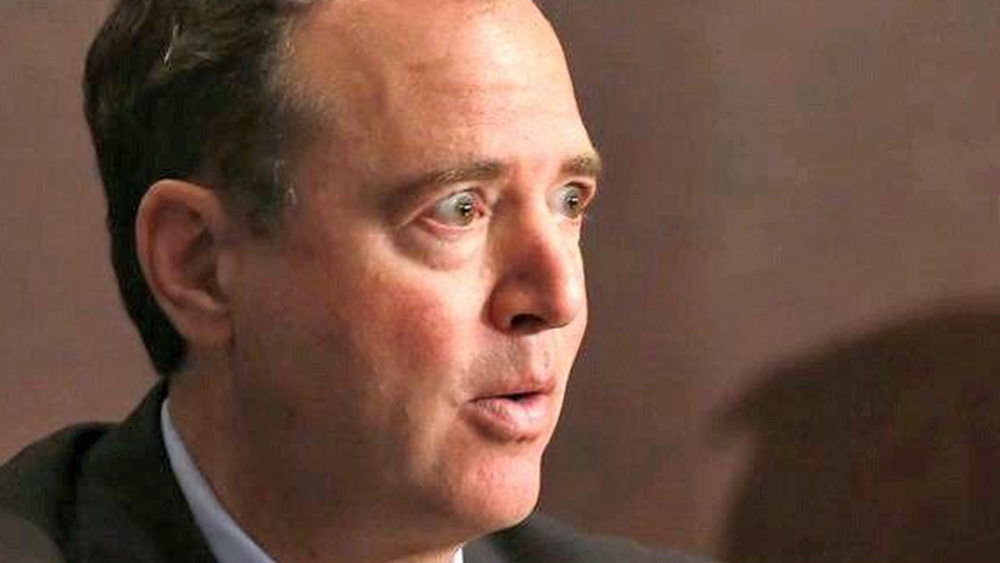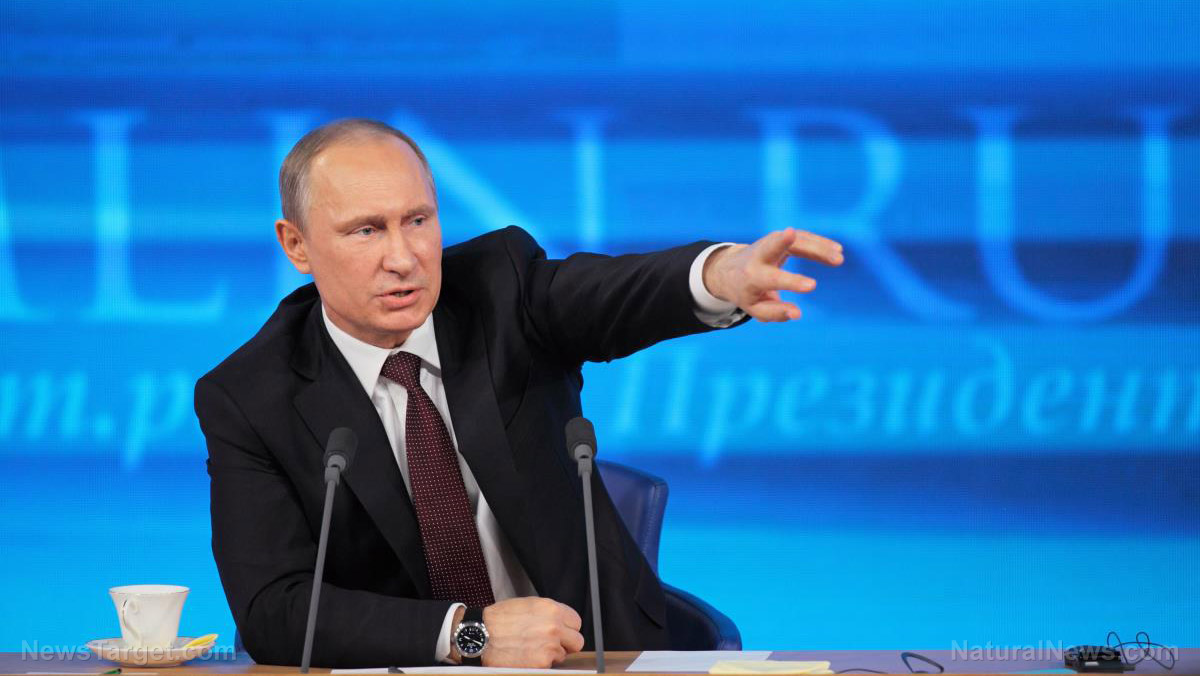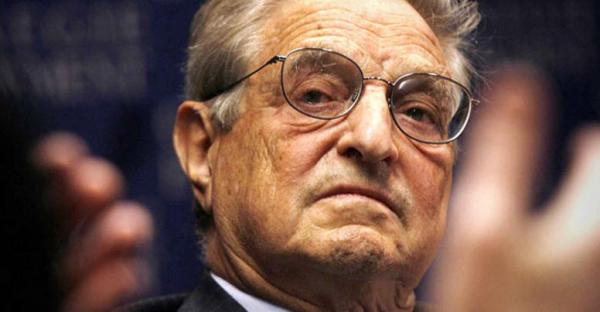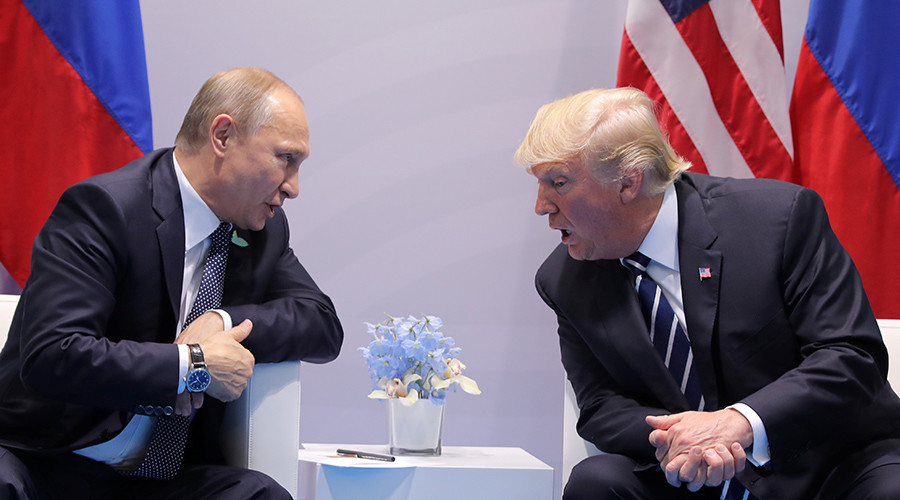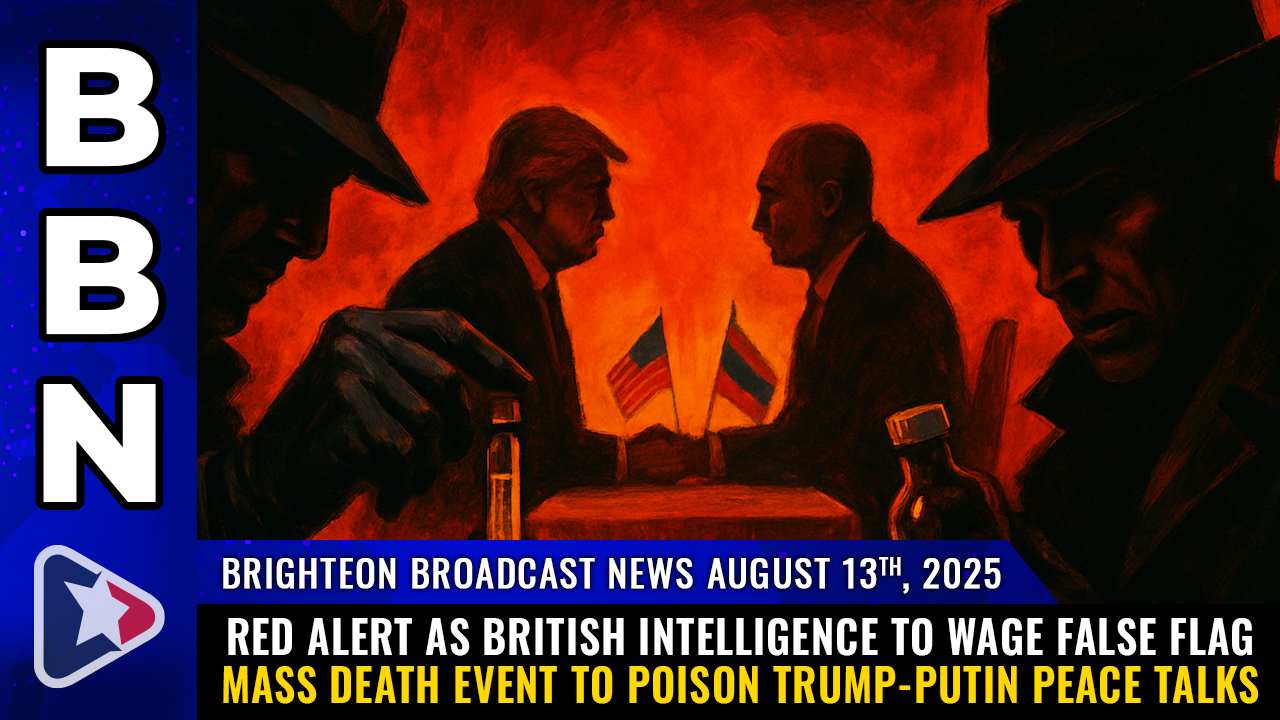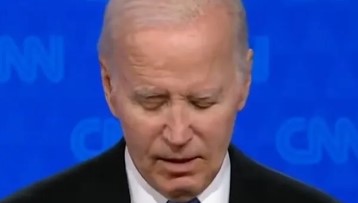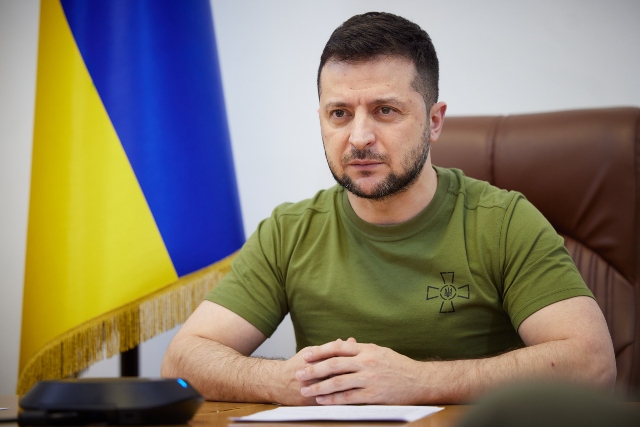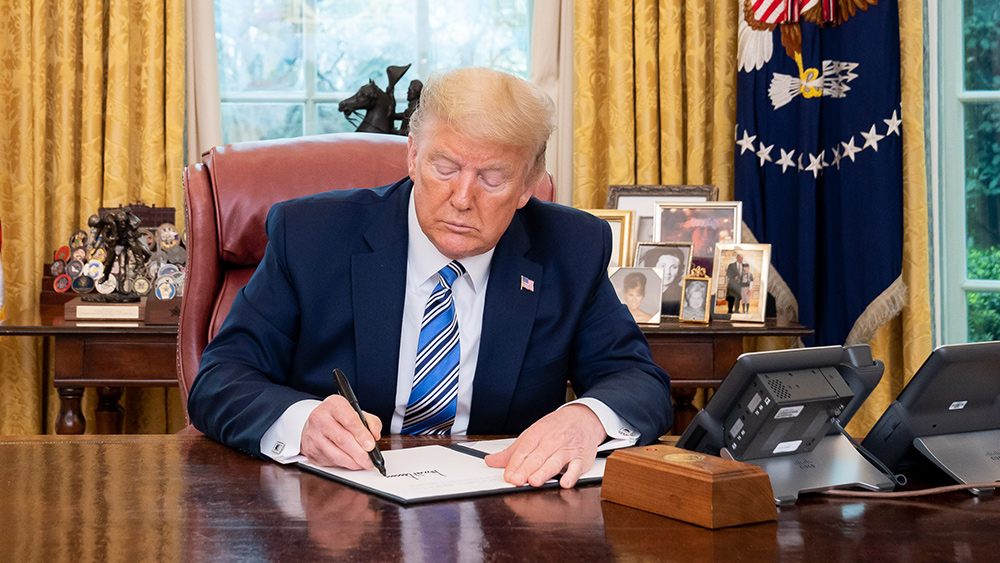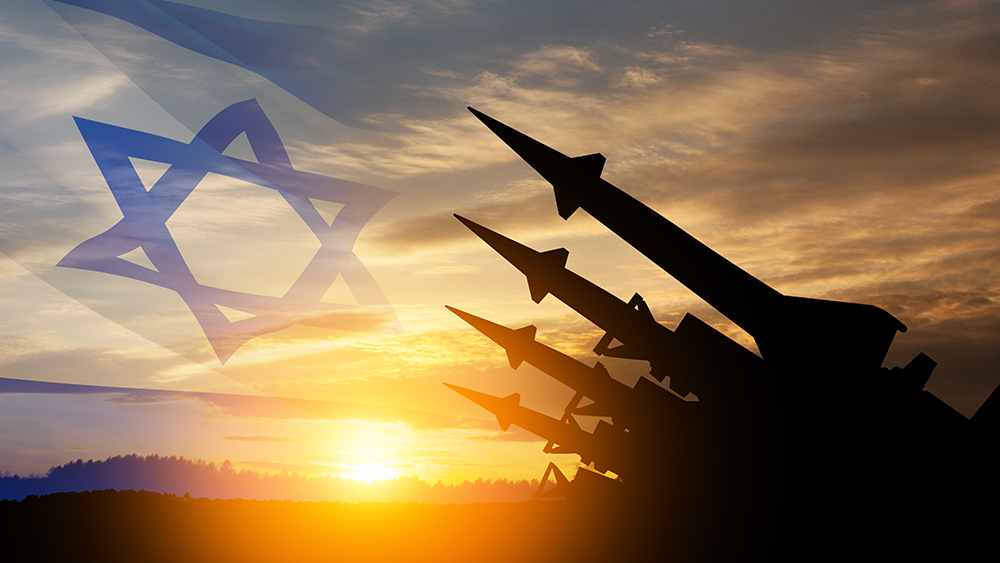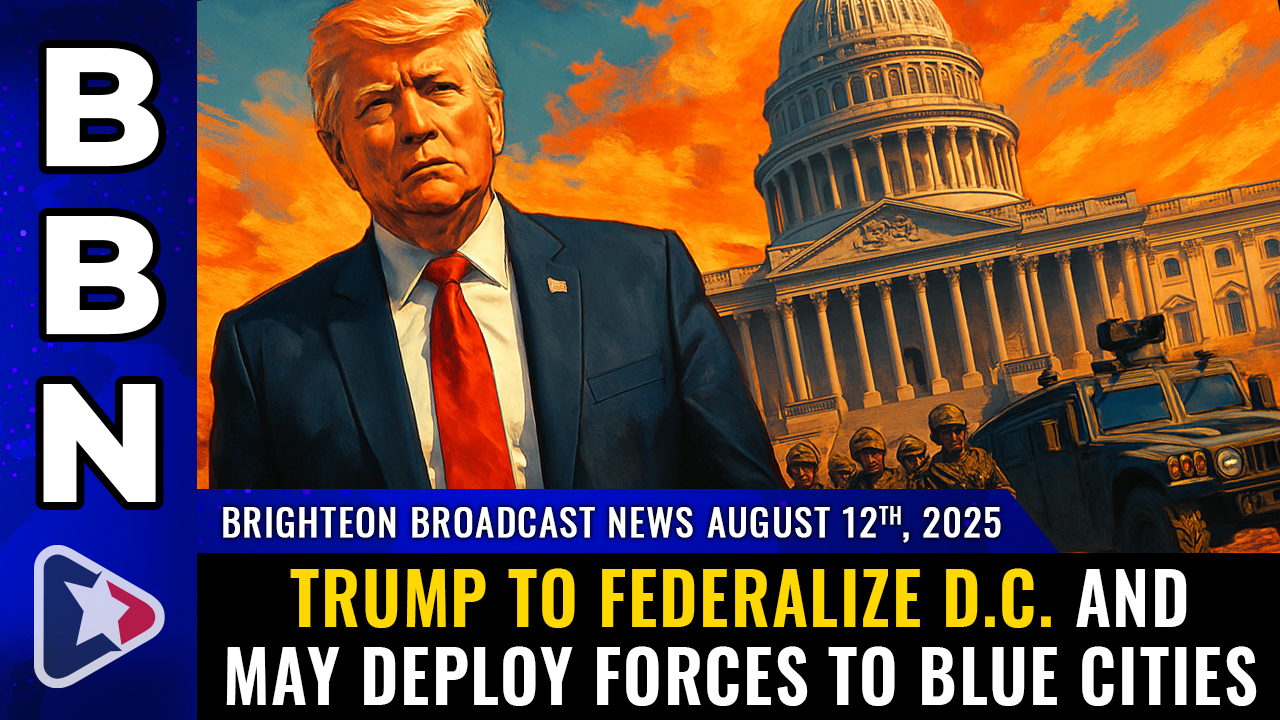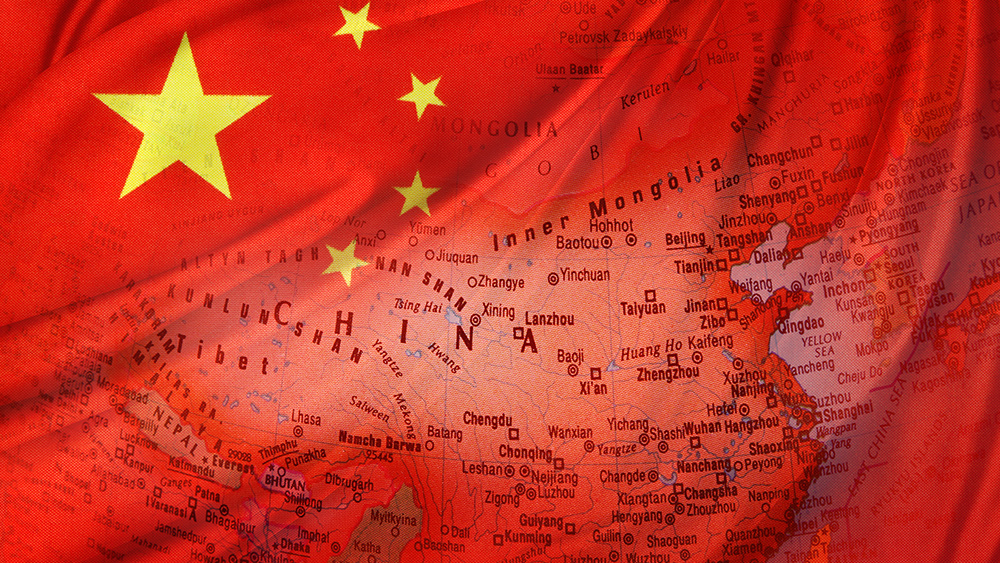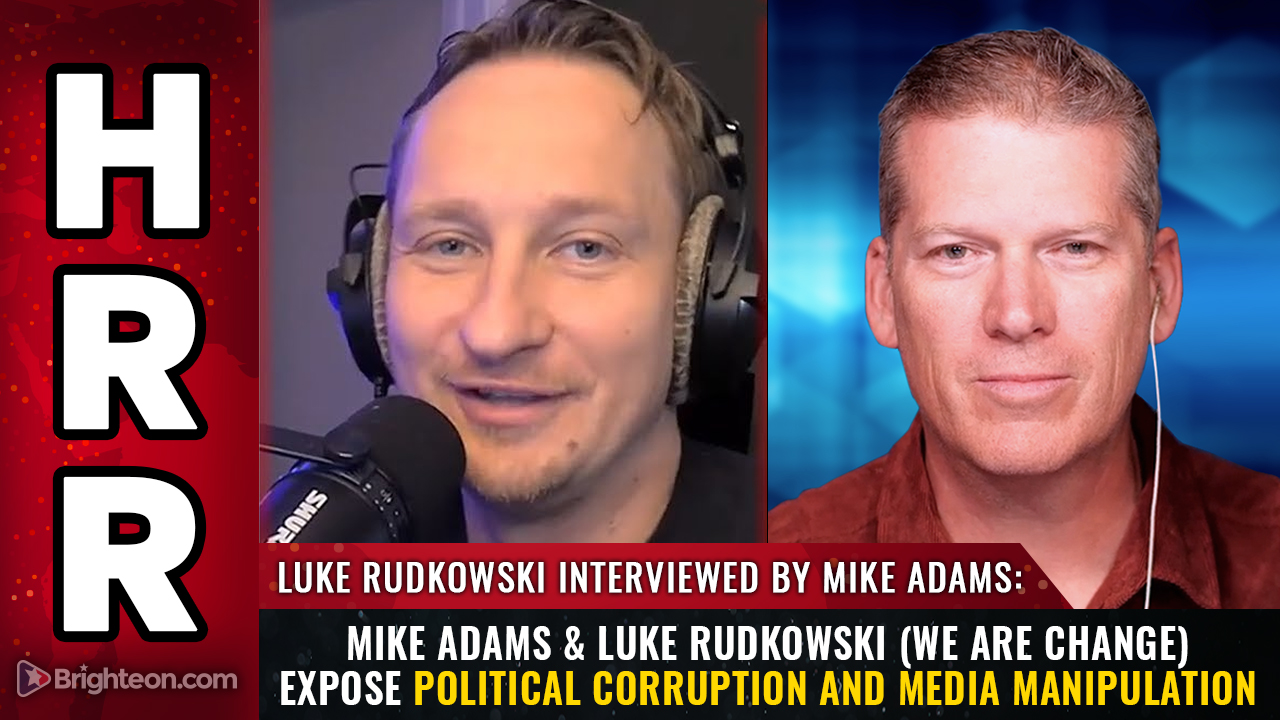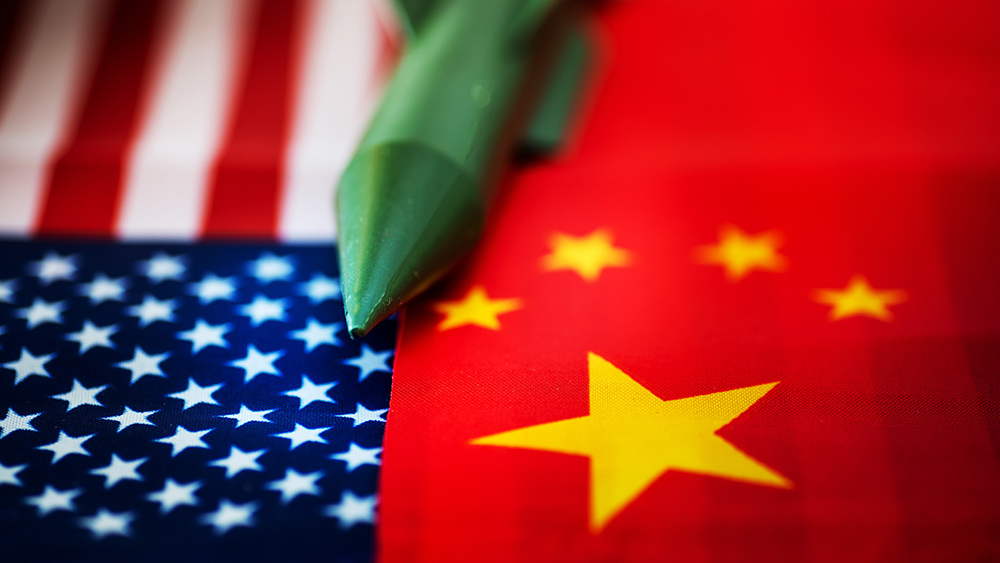A Trump-Putin-Zelensky summit will negotiate a “peace deal” land settlement based on the current front lines
08/11/2025 / By Lance D Johnson
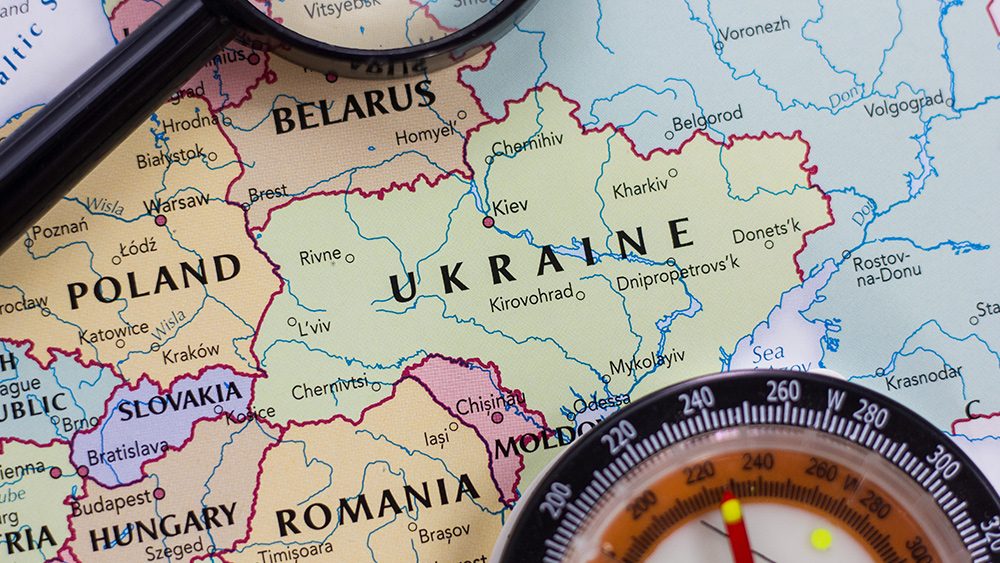
The world holds its breath as President Donald Trump prepares to meet with Russian President Vladimir Putin in Alaska, with hopes pinned on a breakthrough in the Ukraine conflict. J.D. Vance, the Vice President of the United States, has outlined a stark yet pragmatic path forward, centered on the current front lines between Russia and Ukraine. For many, this proposal feels like a painful acknowledgment of the stalemate on the battlefield, but it could also provide a lifeline for peace and less bloodshed going forward. In a world where power dynamics and geopolitical chess matches often overshadow the lives of civilians, this potential deal could save lives and possibly prevent further escalation. However, it also raises serious questions about sovereignty and the future of Ukraine’s territorial integrity. Is the U.S. truly done funding Ukraine, and how will the European allies fill the void? And most importantly, can the unpredictable force of Vladimir Zelensky align himself with this tentative peace, or will “special military operations” continue to emanate from Russia?
The proposed peace deal, as envisioned by Trump-Vance, hinges on an acceptance of the current realities on the ground, where the violence grinds to a halt and the front lines become the basis for negotiation. But this proposal comes with its own set of complications, as it risks legitimizing territorial gains made by Russia through force. Zelensky’s unwavering stance against conceding any territory could make the path to peace more treacherous. At the same time, the growing impatience from the United States and its European allies, who are weary of pouring resources into a seemingly endless war, adds a layer of urgency and pressure that could push the delicate negotiations off the rails.
Key points:
- U.S. Vice President J.D. Vance proposes a peace deal based on the current front lines between Russia and Ukraine.
- Trump plans to bring Vladimir Putin and Volodymyr Zelensky together for direct talks.
- Washington is signaling an end to direct funding for Ukraine, urging European allies to step up.
- Zelensky insists on Ukraine’s territorial integrity, rejecting any land swaps.
- Russia maintains it seeks a stable and permanent peace, but remains skeptical about Zelensky’s legal legitimacy.
The role of Trump and Putin in shaping a negotiated peace
As the meeting in Alaska looms, pressure mounts on both Trump and Putin to shepherd a dialogue that could lead to a cessation of hostilities. Trump’s assertion to mediate a direct meeting between Putin and Zelensky could be seen as an attempt to steer away from American blood and treasure being poured into Ukraine. The shift away from direct funding signifies a growing wariness in Washington about the sustainability of the conflict. However, the intricacies of a summit between Trump and Putin cannot be understated, especially considering the tumultuous relationship between the U.S. and Russia, which has been exacerbated by the proxy war in Ukraine.
Past efforts to mediate between Kiev and Moscow, such as the Minsk agreements, have faltered. Critics argue that any deal now must address the root causes of the conflict if it is to be more than a temporary truce. For Zelensky, the negotiation process is a matter of defiance — swearing not to trade away an inch of Ukrainian soil. This stance contrasts sharply with the pragmatic approach Trump is advocating, where geopolitical realities may necessitate concessions for peace.
Will Zelensky concede to the realities of lost territory?
Historically, peace talks have often relied on external mediators, and in this case, Trump aims to play that role. Yet, his involvement is fraught with challenges. Trump has a reputation for committing to unorthodox deals and negotiating through sheer force of personality, which has drawn both praise and criticism. Critics worry that his involvement could jeopardize the sovereignty of smaller nations like Ukraine, overshadowing their voices in favor of a grandiose peace agreement where Ukraine gets title to territory they realistically lost control of.
The upcoming summit in Alaska highlights the delicate balance between the ambition to end the conflict and the moral imperative to defend Ukraine’s sovereignty. Zelensky’s defiance underscores the resilience of the Ukrainian people and the deep-seated unwillingness to accept any equitable deal that includes territorial concessions. As the world watches, the question remains whether the Trump-Putin meeting will bring true peace or merely embellish the existing conflict with a veneer of diplomacy.
European allies and the financial vacuum
With the United States signaling its departure from direct funding, European allies are being encouraged to step up in the financing of weapons and aid for Ukraine. The shift in America’s financial support signals a broader transition in the geopolitical landscape. Western Europe, already grappling with its own economic challenges and internal divisions, now faces the responsibility of not just financial support but also political leadership.
The reluctance of America to continue funding the Ukraine conflict underscores a broader weariness with the war, reflecting the fatigue felt by many Western nations. The principal concerns surrounding this withdrawal revolve around the potential for betrayal by European allies who may falter in their commitments under pressure. As European nations consider whether they can or will step into the breach, the question of long-term commitment and endurance in the face of Russian aggression looms large.
The historical context of Cold War alliances might offer some insight but also raises concerns about the unity and cohesion of NATO member states in times of crisis. In the case of Ukraine, the alliance’s effectiveness could be tested: will member states come to the aid of a non-member facing aggression from a major power? The transition in financial responsibilities restates the importance of unity and cooperation within NATO, especially as Europe seeks to fill the vacuum left by the US.
For Ukraine, securing the backing of its Western allies represents a critical lifeline. However, the political will and resources required to support its defense are substantial. The capitulation of the US to fund Ukraine could weaken its position in global politics, likely leading to a consolidation of power in Europe. The upcoming summit in Alaska serves as a checkpoint, where the stronger European allies, like Germany and France, may be compelled to take a more active role or risk letting the situation drift towards a Russian victory, further destabilizing the region.
The path forward for the Ukraine conflict seems fraught with complexity and uncertainty, but also holds the potential for a much-needed humanitarian breakthrough. The proposed deal based on existing front lines, orchestrated by Trump and Vance, challenges the traditional narrative of Ukrainian sovereignty but offers a real chance at peace. While the road to resolution remains rocky, it may be the only way to prevent further tragedy and exploitation of ordinary people ensnared in the war.
Sources include:
Submit a correction >>
Tagged Under:
big government, chaos, Cold War, cold war diplomacy, Crimea, Donald Trump, European allies, front lines, geopolitics, J.D. Vance, Jennifer Granholm, Marco Rubio, Minsk agreements, national security, NATO, peace talks, politics, Russia, Russia-Ukraine war, Ukraine, Vladimir Putin, White House, World War III
This article may contain statements that reflect the opinion of the author
RECENT NEWS & ARTICLES
COPYRIGHT © 2017 NATIONAL SECURITY NEWS


